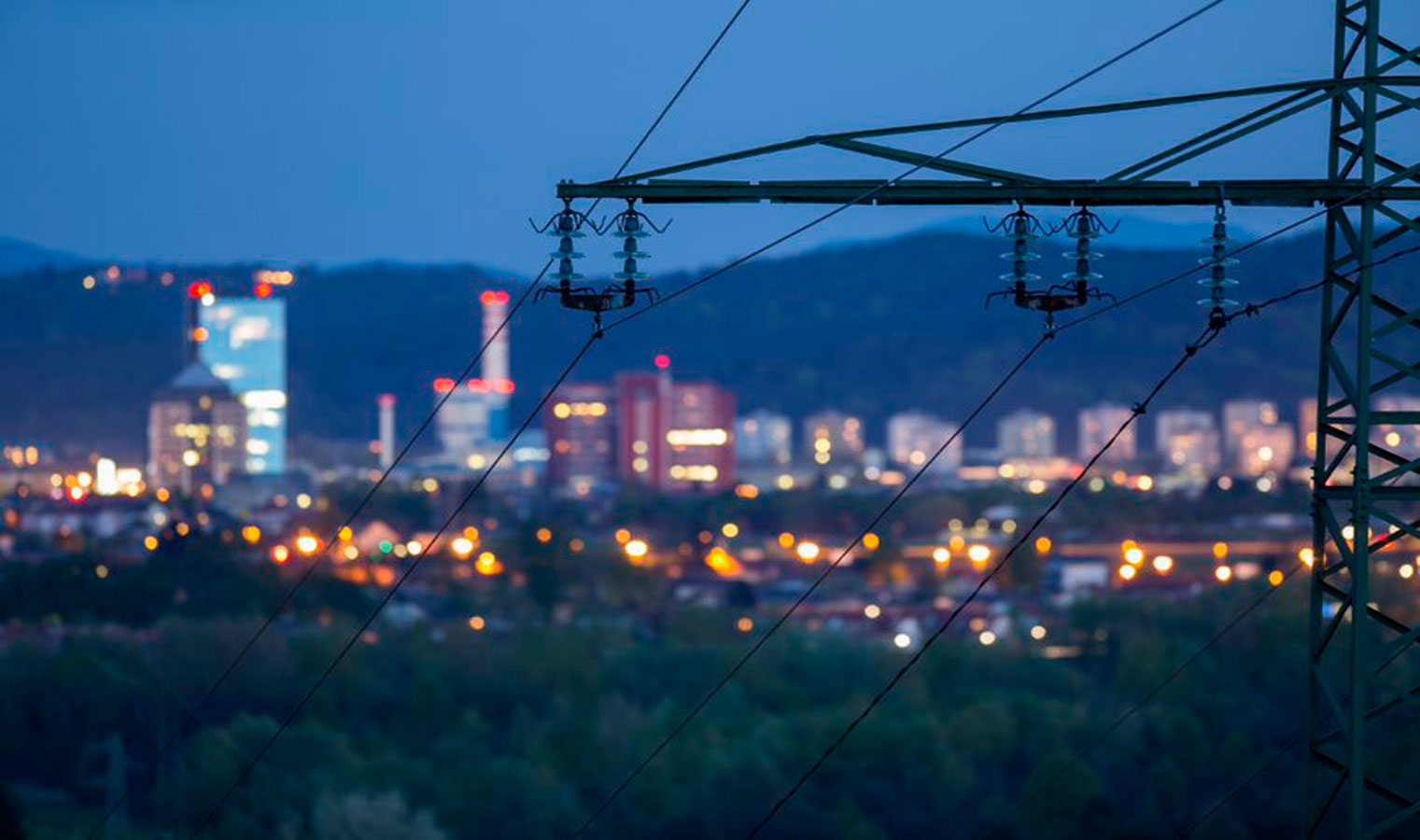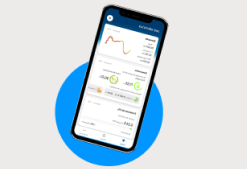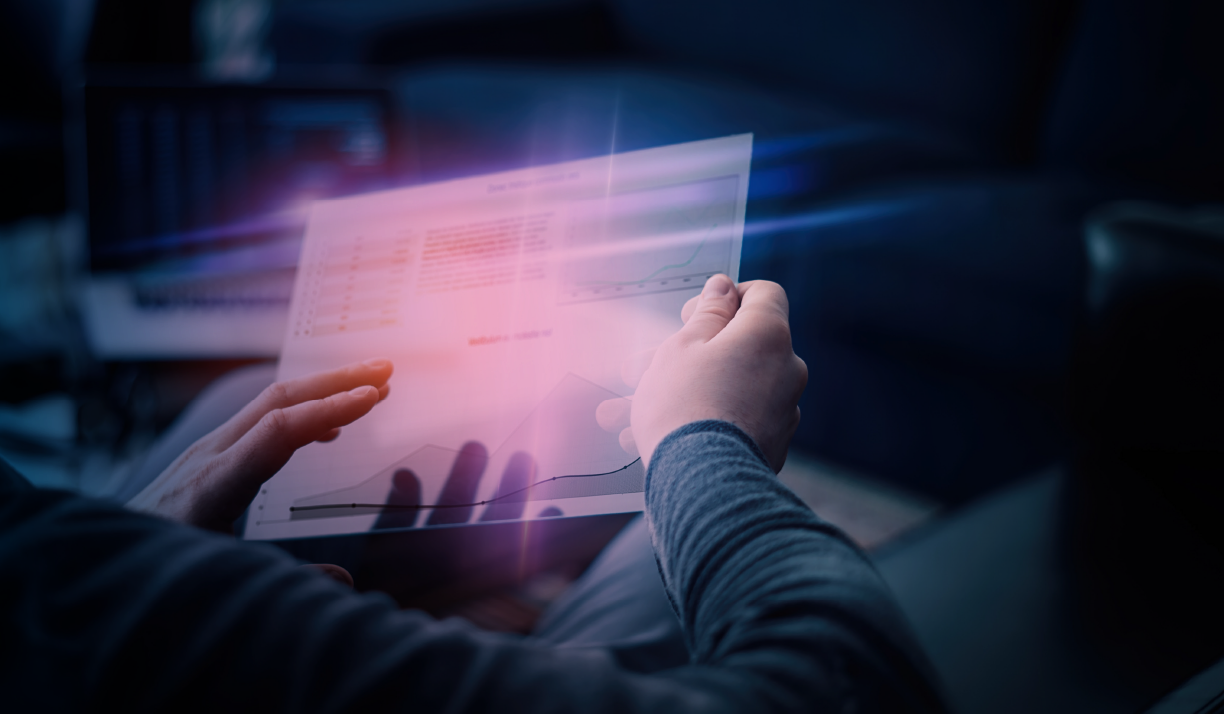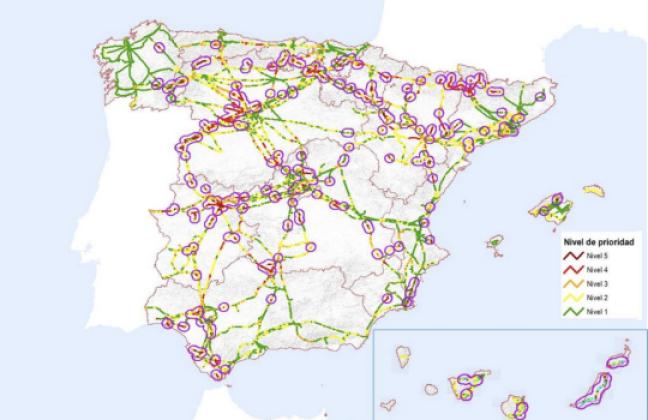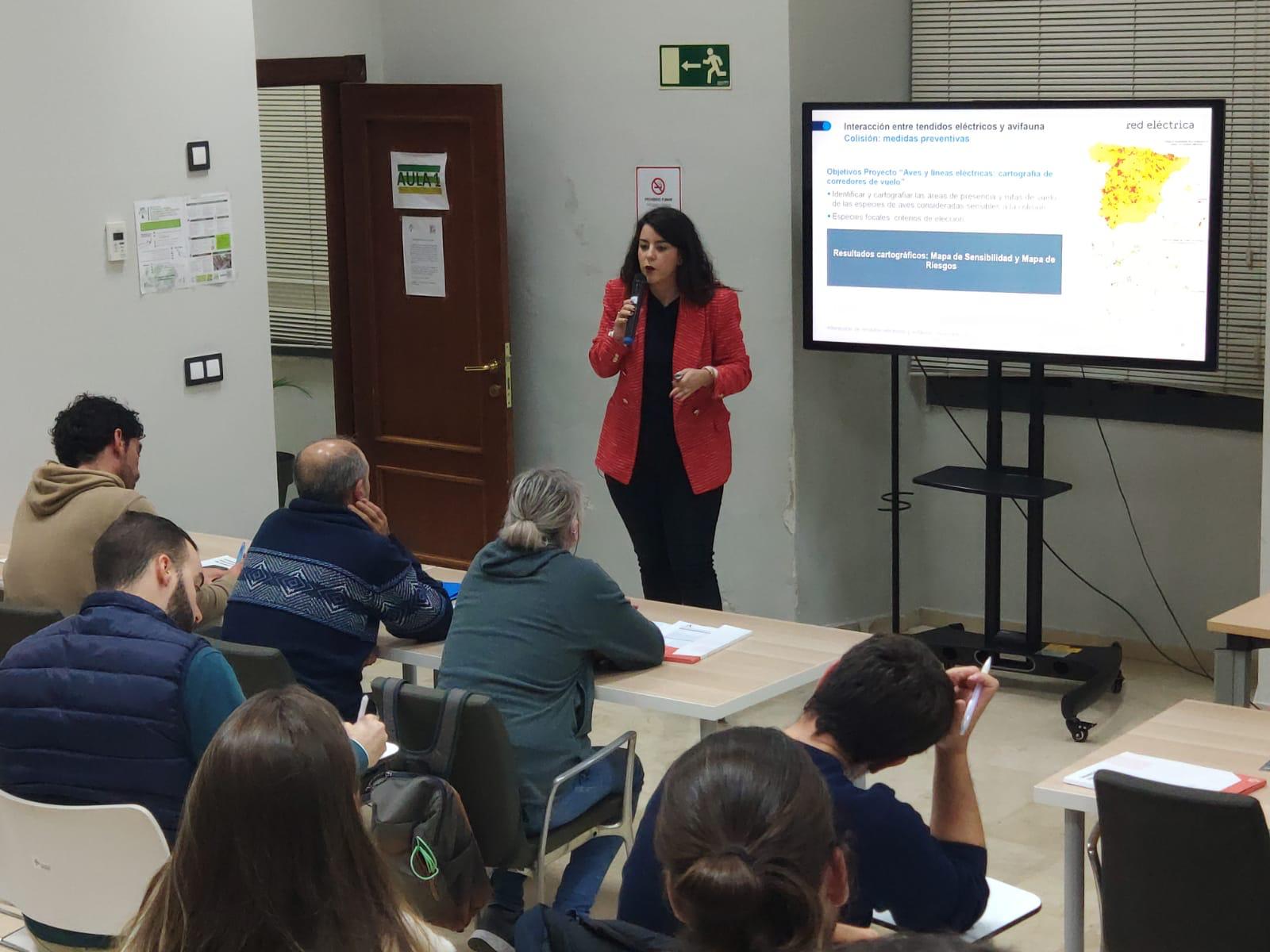For 40 years, we've been driving our country's economic and social progress. Four decades shaping Spain.
Protection of Birdlife
Protection of Birdlife
Sometimes, the transmission grid runs through habitats where birds use our structures for nesting, perching, or sheltering. Learn about what we are doing to prevent this.

Support for Birdlife
Various studies and our own experience show that birds often use the transmission grid to build their nests, scan the horizon, keep watch, seek refuge, or sleep. Here are a few examples

The Bearded Vulture
This iconic species, so large and fragile, is key to biodiversity. We contribute to recovery and conservation efforts in Spain.

A Safe Place for Egyptian Vultures to Nest
For the first time in Spain, Egyptian vultures have been documented nesting on a power line tower. This occurred in 2021 in Badajoz.

The Ideal Calm for the Recovery of the Iberian Imperial Eagle in Madrid
Our high-voltage towers have become key locations for the Iberian Imperial Eagle in Madrid.

Hunting Perches for Golden Eagles in Navarre
Three pairs of Aquila chrysaetos, monitored by the Government of Navarre, use our towers as vantage points and resting places for hunting.

Bonelli’s Eagles on Structures in Mallorca
At least six Aquila fasciata specimens have used our towers (three regularly), according to our project with the Natura Parc Foundation.

Perches and Roosts for Canarian Egyptian Vultures in Fuerteventura
About 50 Neophron percnopterus specimens tracked by the Doñana Biological Station using GPS prefer our towers for perching and roosting.

30 Osprey Chicks Born on Towers in Cádiz
The nesting platforms installed on supports at the Barbate Reservoir have seen 30 Pandion haliaetus chicks hatch. Six of them flew in 2022.

Our transmission towers, the White Stork's favourite
Our structures likely host the largest colony of white storks in Spain, since the species uses our transmission towers as substitutes for trees, thanks to their elevation, stability, and lack of disturbances.
We prevent and correct
We are particularly sensitive and committed to preventing collision risks with the ground wires that protect power lines from lightning strikes during storms. To achieve this, we always apply the mitigation hierarchy when assessing the environmental impact of our facilities.

We choose locations that avoid areas with a rich birdlife diversity, particularly those with protected or endangered species. Our tool "Birds and Power Lines: Mapping of Bird Flight Paths" helps us identify the birds' areas of presence and key routes.

We mark ground wires with bird protectors, deterrent elements that make power lines more visible. Additionally, we implement biological stops to halt construction works during the nesting and breeding periods of the most sensitive species.
We want to ensure safe skies for the bearded vulture: Our initiative to mark power lines in its habitat aims to obtain the Natura 2000 Award granted by the European Commission.

We support conservation and reintroduction projects for threatened species carried out by foundations and public administrations.
Flight paths
Using this software tool, we collect and standardise information on the presence areas and flight routes of 52 bird species of high conservation interest that are sensitive to the negative impacts of power lines. It enables us to:

We started developing these maps in 2010, and they now serve as a reference framework for the environmental assessment of projects by relevant administrations. Additionally, they are easily replicable by other companies. Our mapping initiative won the European Business Award for the Environment 2014 in the category of Business and Biodiversity.
To download our 2022 Flight Path Mapping Project, click the button below.
Highlights of our work
of sensitive sections already marked
of power lines in critical priority areas to be marked by 2025
of power lines in critical priority areas to be marked by 2025
R&D for Bird Protection
Our commitment to reducing our impact and protecting birdlife drives us to continuously research improvements to our bird protectors and their installation efficiency.
We develop tools for early collision detection through innovative projects such as Alerion. This involves installing devices on fibre optic cables that detect possible eventualities.

Types of Installations
We research and improve installation techniques. For the first time in Spain, we have successfully installed reflective rotating blade bird protector devices using a drone while keeping the power line live. This milestone was achieved in Menorca and has helped preserve a growing colony of Egyptian vultures.
Training and Innovation
We hold training and outreach sessions with various audiences to educate them about birdlife protection measures, how we apply them, and the results we achieve, while always maintaining a spirit of innovation to continue improving daily to preserve biodiversity.
We have collaborated with various entities, including the Nature Protection Service (Servicio de Protección de la Naturaleza - SEPRONA) of the Spanish Guardia Civil; veterinarians; environmental rangers from the Community of Madrid, the Balearic Islands, Castilla-La Mancha and Canary Islands; public administrations from Mallorca, Tenerife, Fuerteventura, and Lanzarote; environmental NGOs such as the Bearded Vulture Conservation Foundation; the International University of Andalusia, and the Environmental Congress in Sardinia (Italia).


